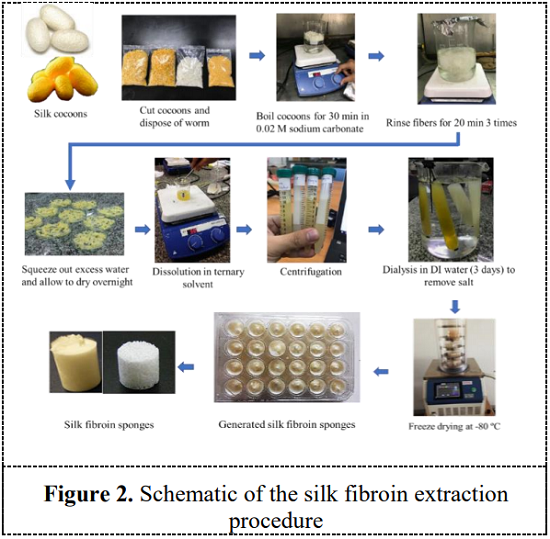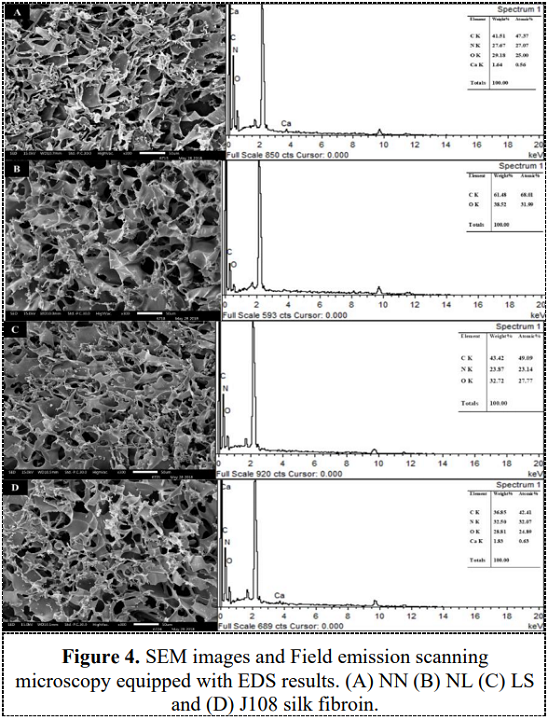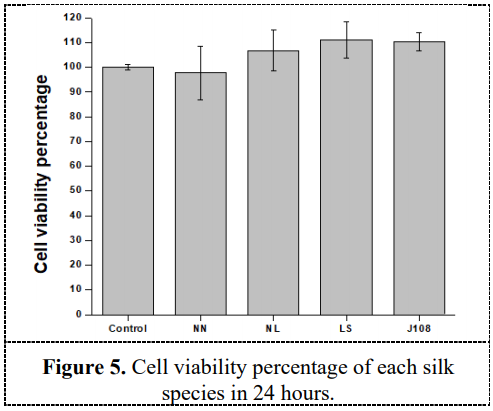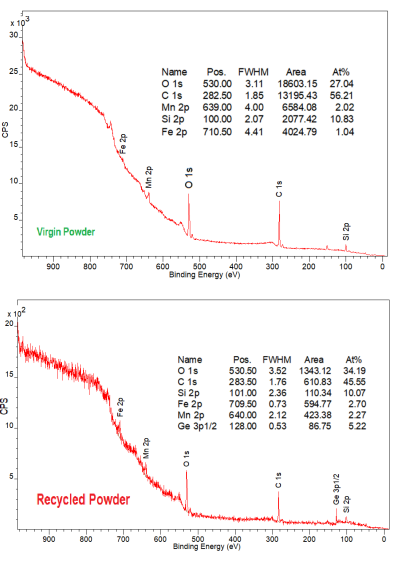A diaphyseal fracture is a common break that occurs along the shaft of a long bone, like the femur, and can be treated with interlocking nails, which are inserted in the bone and transfixed by screws at the ends. But these eventually need to be removed because of complications that can occur when the nails have been implanted for a long time, such as materials like stainless steel not providing a good biological environment for cells.
 Researchers S. Pitjamit, K. Thunsiri, W. Nakkiew, and P. Pothacharoen from the Chiang Mai University in Thailand published a paper, titled “Preparation and characterization of silk fibroin from four different species of Thai-local silk cocoon for Bone implanted applications,” about their work using PLA, reinforced with locally sourced silk fibroin material, to 3D print a biocomposite interlocking nail.
Researchers S. Pitjamit, K. Thunsiri, W. Nakkiew, and P. Pothacharoen from the Chiang Mai University in Thailand published a paper, titled “Preparation and characterization of silk fibroin from four different species of Thai-local silk cocoon for Bone implanted applications,” about their work using PLA, reinforced with locally sourced silk fibroin material, to 3D print a biocomposite interlocking nail.
Silk may look and feel soft, but the protein fiber is made of 75% biocompatible fibroin, a strong, insoluble material that has multiple applications in the medical field, including sutures, wound healing, and tissue engineering.
“Previous studies have proved that fibroin has good biological and mechanical properties such as biocompatibility, biodegradability, water permeability, non-cytotoxicity and the strength and resiliency of silk fibers,” the researchers wrote. “Silk fibers has an ultimate tensile strength 740 MPa while collagen and polylactic acid has an ultimate tensile strength only 0.9 to 7.4 and 28 to 50 MPa, respectively.”
The team chose four species of local Thai Bombyx mori silk cocoons from which to extract silk fibroin: Nangnoi Srisaket-I (NN), Nanglai (NL), Luang Saraburi (LS), and J108. They cut the cocoons into small pieces, which were then degummed, rinsed, and dried for 24 hours, before being dissolved in a solvent.
The resulting solution was soaked in DI water for three days, with the water changed daily, and then the dialyzed silk solution was filtered and frozen. Finally, in order to create sponges, the frozen solution was lyophilized (freeze-dried).
“After the extraction, fibroins of each silk cocoon species were characterized and compared the physical property by using Scanning Electron Microscopy (SEM), Energy Dispersive X-ray (EDS) and Fourier Transform Infrared Spectroscopy (FT-IR),” the researchers wrote. “Then, the biological test was performed on cell viability and cytotoxicity with human fetal osteoblast cell line.”
The researchers investigated the “conformations of fibroin protein in regenerated each silk scaffolds” using FTIR spectroscopy, and each species showed typical random coil structures and Beta-sheet structures. SEM and EDS tests showed that each of the silk fibroin species had interconnected pores, at an average size of 10-60 microns.
“As shown in Figure 4, silk fibroin weight percentage consist of Carbon (C), Nitrogen (N) and Oxygen (O) element only which symbolize the proteinaceous compounds originating from Silk Bombyx mori,” the team wrote.
Finally, an Alamar blue assay was performed on the four species of silk fibroin solutions, in order to observe cell viability and confirm that they weren’t toxic.
“The comparison of each silk species with control presented that cell viability percentage all scaffolds were not significantly the control (p-value> 0.05) as shown in Figure 5,” the researchers stated.
The results of this test showed that they all had non-cytotoxicity, which means they can be safely used in animal and human bodies.
“The best silk species from biological performance will be used to reinforce PLA interlocking nails using 3DP process in the future study,” the team concluded. “From the result, all of local silk cocoons species present non-cytotoxicity ability which can be used in human or animal body without endangerment. For future work, bio-composite filament for 3DP from silk fibroin reinforcing PLA will be tested and observed the other abilities such as cell proliferation ability, mechanical properties and printing morphology.”
Discuss this research and other 3D printing topics at 3DPrintBoard.com or share your thoughts in the Facebook comments below.
The post Silk Fibroin-Reinforced PLA to Make 3D Printed Interlocking Nail for Fracture Healing appeared first on 3DPrint.com | The Voice of 3D Printing / Additive Manufacturing.







